Today cities grow and change so fast that we, citizens, tend to lose connection with this transition especially in our immediate environments – our neighbourhoods. With increasing population rise, Shanghai plans for decentralization and polycentric spatial restructuring in order to alleviate the urban sprawl. In terms of connection and mobility through the city, Shanghai has the world’s largest rapid transit system by route length of 644 kilometres. This is especially necessary as a result of the city‘s monocentric nature, where the distance between amenities and functions seems to be ever increasing. Such functions are found to be mixed at the city centre today, while other districts have mostly single functions. Taking a closer look at such areas, the dynamic of the city seems to take on a different turn.
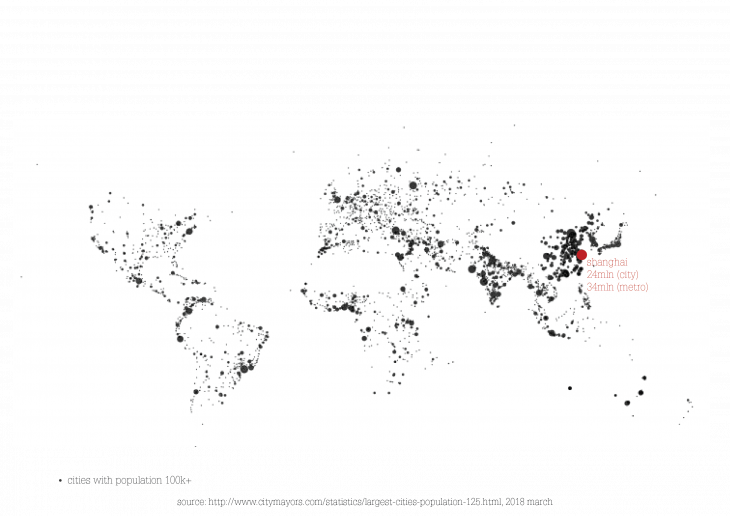
Reports from a study at Tongji University shows that the speed of development in Shanghai has rubbed its residents of a collective memory of the places they inhabit, work and play. “The city grows too fast for us to keep up with“. What effects can this possibly have on their experience of the city? An example of neighbourhoods highly affected by the city‘s speed of change is RedTown.
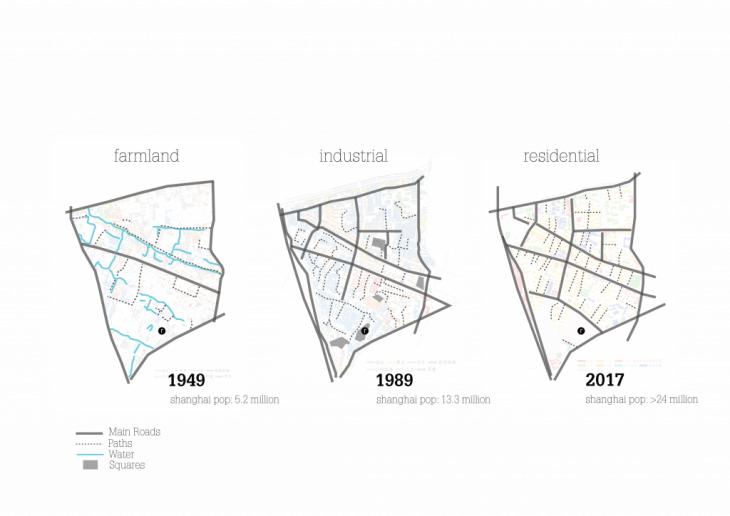
This research ponders on what makes for active neighbourhoods, using Red Town, and its surrounding neighborhood as a reference. By examining the themes of activity in terms of program, and connection within neighborhoods, this project seeks to explore how neighborhoods can become more active by enhancing connection and programs within them. In order to assess the Red Town neighborhood as one that is active or not, it was analyzed based on available function and connectivity.
A 3km radius was created around the site forming the extent of further examination. This distance was chosen from studies that had shown that the extent of an average person’s desired walking distance was 3km, which is equivalent to approximately 30 minutes. For the purpose of the research, this distance and time span are regarded as the neighborhood.
Using geospatial algorithms, line connections were made from the site to different activities in the area range. The functions include entertainment, greenery, health, education and transportation and are based on available data. From this, a higher level of connection from Red Town towards the city center (located northeast on the map) was identified, and less connection towards the residential areas (located southwest on the map).
The same radius was used to carry out a physical analysis of Red town and its surrounding area. From observation, various barriers to walking are identified such as fences, poor pedestrian infrastructure sure as very narrow or non-existent sidewalks, highways and traffic. In addition, studies from Strava heatmap shows that the most used streets for walking and running around Red Town are the major highways adjacent to it. This is most likely due to the available pedestrian infrastructure located there.
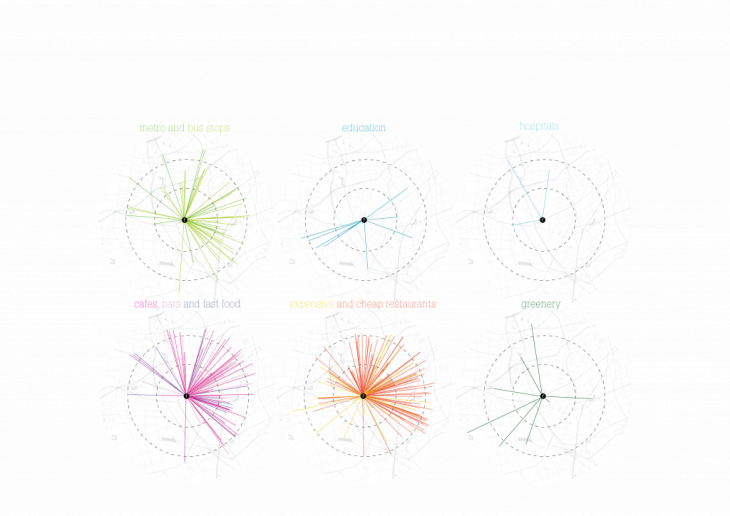
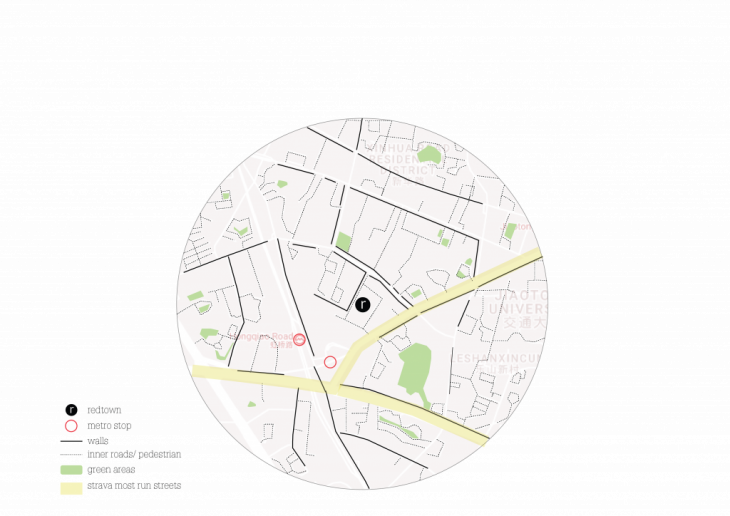
Urban radar is a system which helps to reconnect citizens with their neighborhoods. Based on the citizen in the center, walkability as the main form of connection, and local businesses as activity generators, Urban Radar is a powerful tool to reactivate our neighborhoods. It also aids in empowering citizens to identify physical gaps in public space, which helps local administration create faster and better solutions.
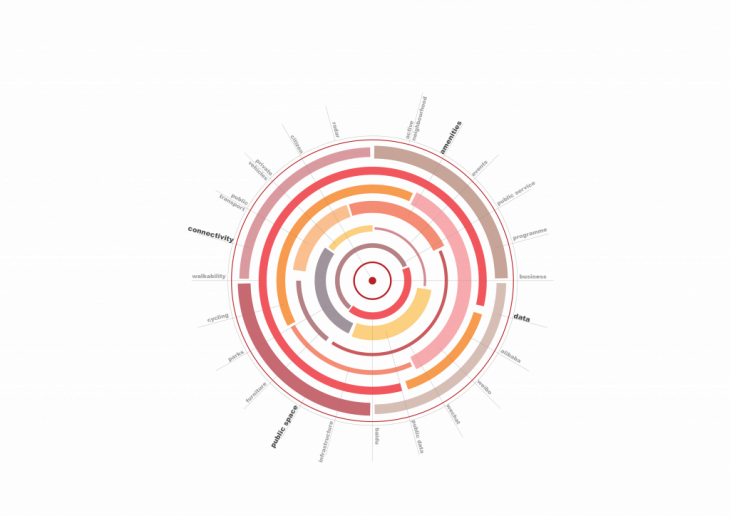
The application consists of 4(four) key players and parts: data-in, user, local businesses, and public administration. Data is fed into the system from existing social and location intelligence platforms. The users, which consist of individuals and local businesses create the dynamics of supply and demand of programmes. The data that they create is collected by the public administration for the purpose of bringing about physical interventions or policies according to specific needs identified.
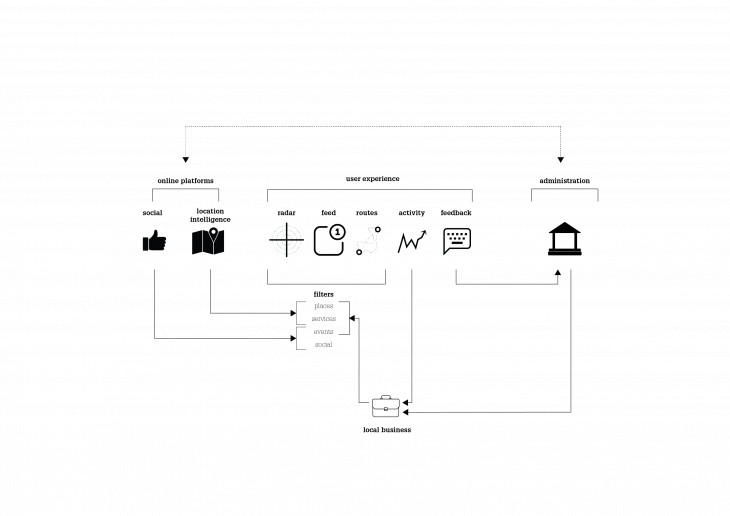
Local businesses are incentivized to advert using this platform in order to target potential customers according to chosen filtered interests. The government plays the role of regulator observing the dynamics in the different areas and facilitating change based on demand and supply. Through Urban Radar, they are better equipped to provide more focused, user-specific solutions and planning decisions. Through the use of artificial intelligence and internet of things, could the system eliminate public administration and even business owners, and respond directly to physical and activity demands of the people?
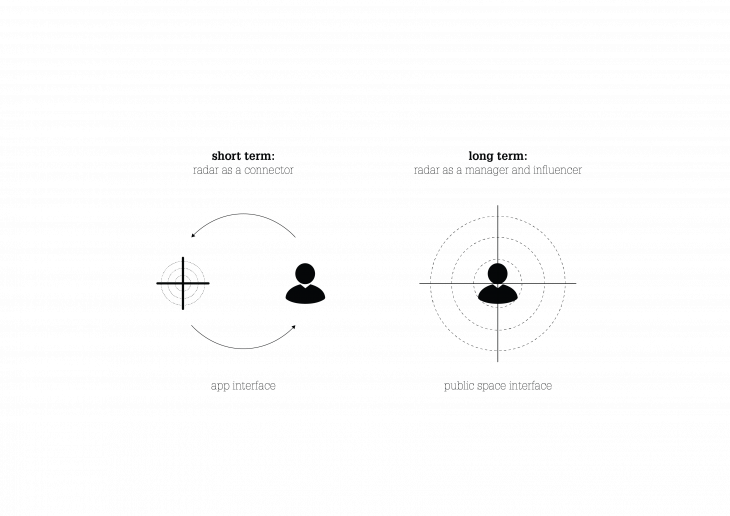
Public space physically adapting to your needs, transport infrastructure adapting to the flow of people as Urban Radar becomes the intelligence of your neighborhood. The project scales up as Urban Radar becomes a part of the physical space through future technologies and ephemeral architecture to create dynamic physical spaces that cater o the changing needs of the people.
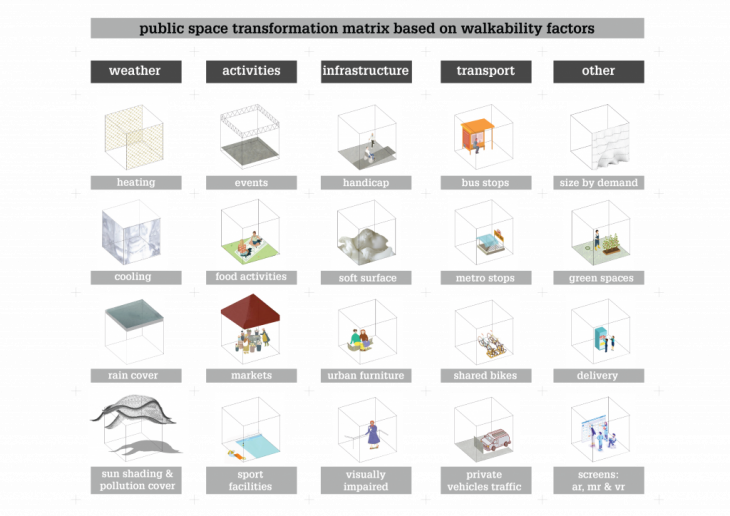
Although redevelopment plans for Red Town would go on as planned, this project challenges the effect of rapid development in regards to neighborhoods. It seeks to activate neighborhoods from within, by also fostering its livability.
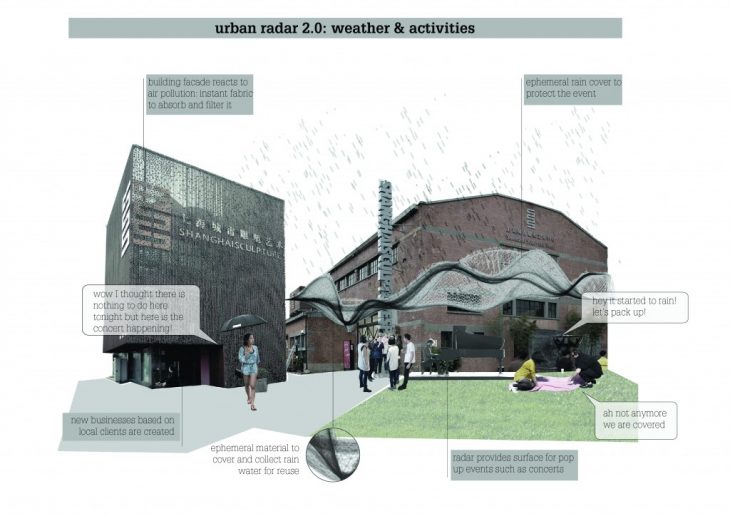
Urban Radar is a project that seeks to reconnect citizens with their local environment by activating programmes and influencing physical space through the most primary mean of mobility – walking.
</p>
URBAN RADAR is a project of IAAC, Institute for Advanced Architecture of Catalonia, developed at MaCT (Master in City & Technology),
2017-18 by:
Students: Camille Feghali , Saule Gabriele, and Venessa Williams
Faculty: Federico Parolotto, Kathrin DiPaola, Francesca Arcuri, Sebastiano Scacchetti, Julius Streifeneder, Alex Mademochoritis